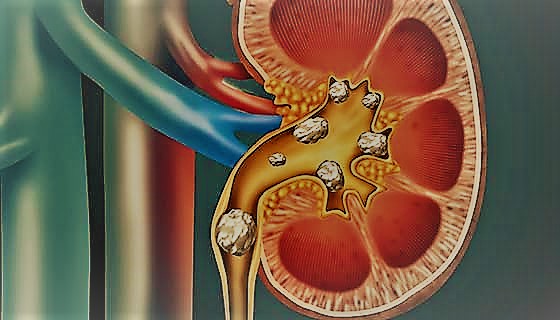What Is A Kidney Stone?
A kidney stone is a hard article that is produced using synthetics in the pee. There are four kinds of kidney stones: calcium oxalate, uric acid, struvite, and cystine. A kidney stone might be treated with shockwave lithotripsy, ureteroscopy, percutaneous nephrolithotomy, or nephrolithotripsy. Basic side effects remember serious torment for the lower back, blood in your pee, nausea, spewing, fever, and chills, or pee that smells unpleasant or looks shady.
Pee has different wastes broken up in it. When there is a lot of waste in excessively minimal fluid, crystals start to frame. The crystals draw in different components and consolidate to frame a strong that will get larger except if it is passed out of the body with the pee. As a rule, these synthetic concoctions are wiped out in the pee by the body’s master scientist: the kidney. In a great many people, having enough fluid washes them out or different synthetic compounds in pee prevent a stone from shaping.
After it is shaped, the stone may remain in the kidney or travel down the urinary tract into the ureter. Now, little stones move out of the body in the pee without causing an excessive amount of torment. However, stones that don’t move may cause a back-up of pee in the kidney, ureter, the bladder, or the urethra. This is the thing that causes torment. To have further data about the kidney stone and its issues you can visit the site here – https://stoneloss.com/ and get yourself refreshed.
Most basic kinds of kidney stones?
- Calcium oxalate: The most widely recognized kind of kidney stone which is made when calcium joins with oxalate in the pee. Lacking calcium and liquid admission, as well as different conditions, may add to their arrangement.
- Uric acid: This is another normal kind of kidney stone. Nourishments, for example, organ meats and shellfish have high convergences of a characteristic substance compound known as purines. High purine consumption prompts a higher creation of monosodium urate, which, under the correct conditions, may frame stones in the kidneys.
- Struvite: Struvite stones structure because of a urinary tract infection. These stones can develop rapidly and turn out to be very large, here and there with barely any side effects or small admonition.
- Cystine: These stones structure in individuals with a genetic issue called cystinuria that makes the kidneys discharge a lot of specific amino acids.
Reasons For Formation Of Kidney Stones
Sodium
You chiefly get this through table salt. It can raise your odds of getting a few kinds of kidney stones. So look out for salty bites, canned nourishments, bundled meats, and other handled food sources.
Animal Protein
Another sort of kidney stone structures when your pee is excessively acidic. Red meat and shellfish can make uric acid in your body rise. This can gather in the joints and cause gout or go to your kidneys and make a stone. All the more critically, animal protein raises your pee’s calcium level and brings down the measure of citrate, the two of which energize stones.
Absence of Water
You have to make enough pee to weaken the things that can transform into stones. If you don’t drink enough or sweat excessively, your pee may look dull. It ought to be light yellow or clear. Trade a glass of water for a citrus drink. The citrate in lemonade or squeezed orange can square stones from framing.

